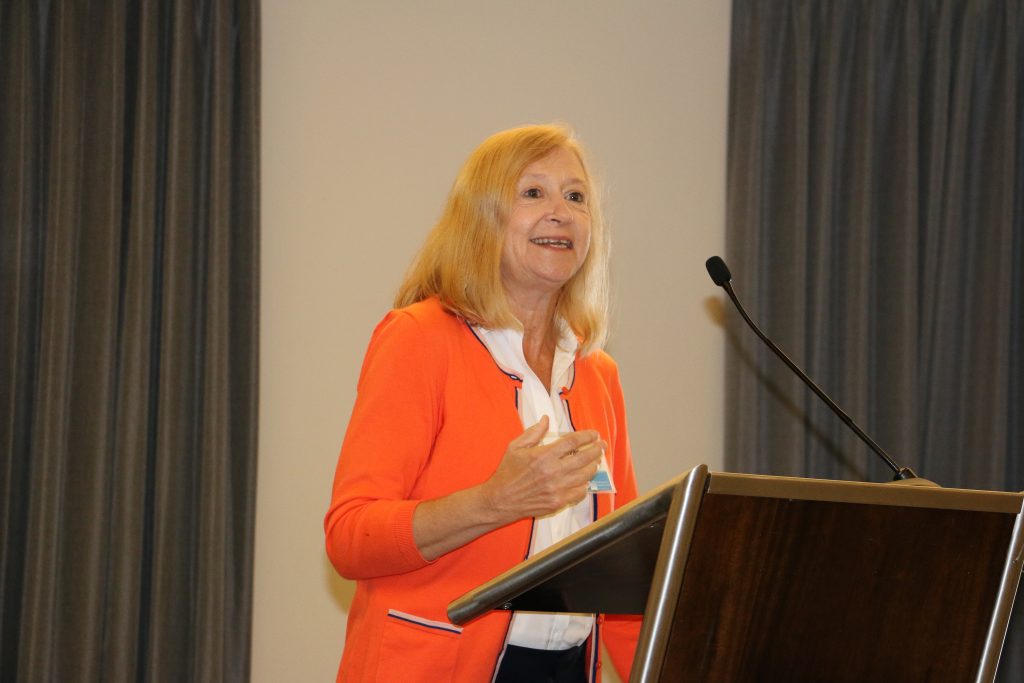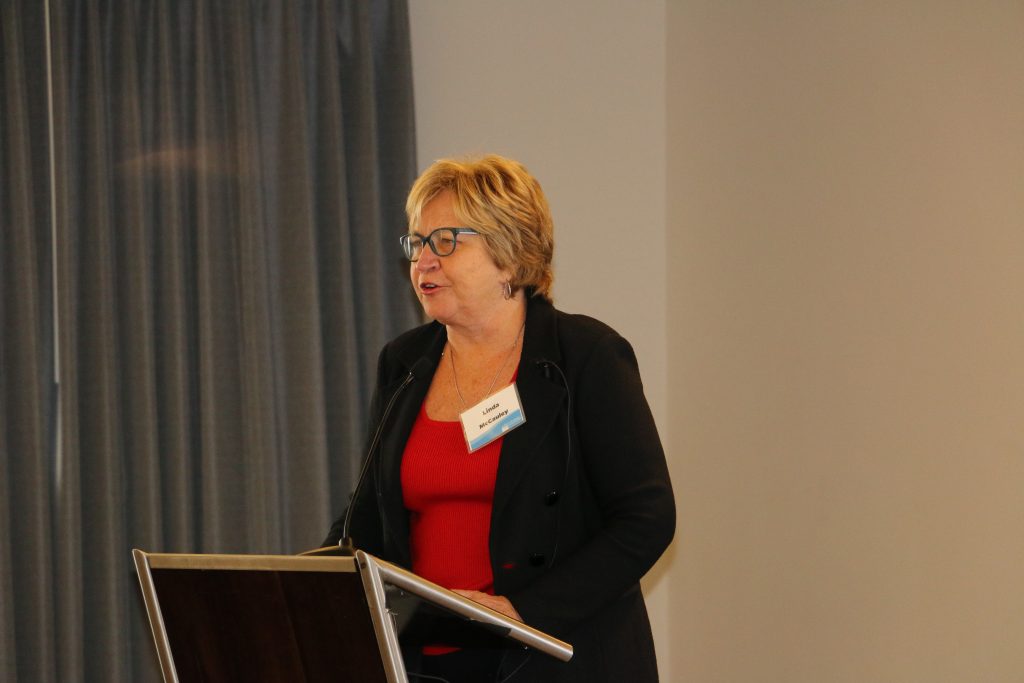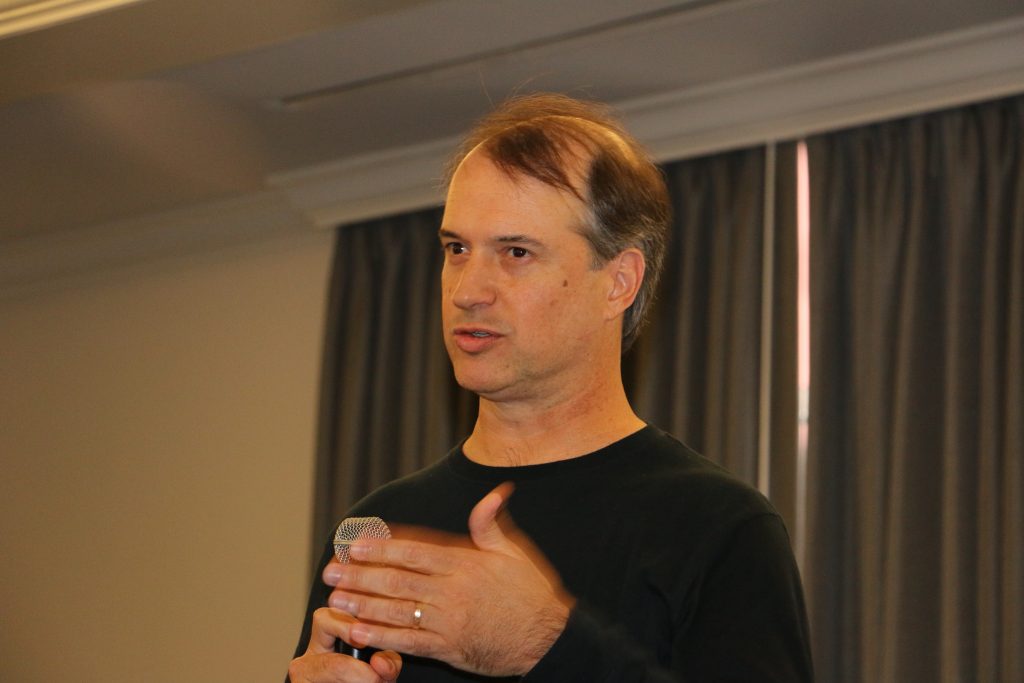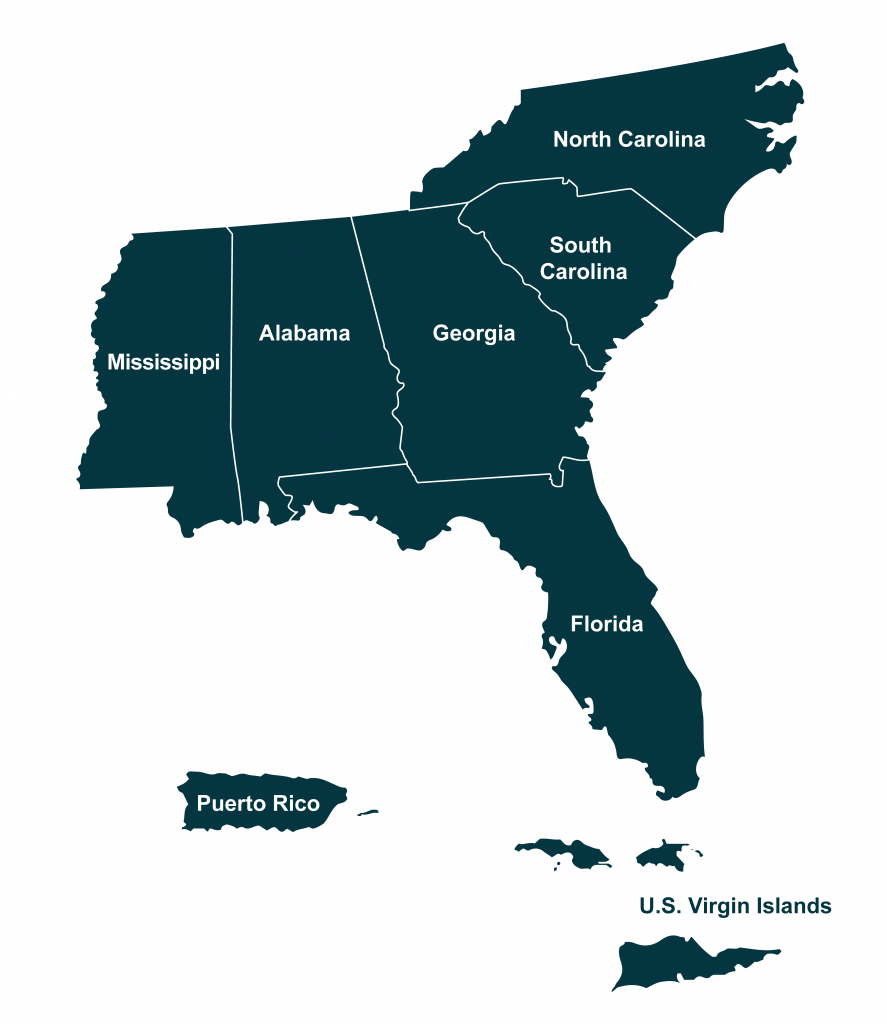Researchers representing disciplines such as the military, agriculture and sports medicine met in late October to discuss the latest advances in science and technology related to occupational heat stress in the Southeast.
The Southeastern Coastal Center for Agricultural Health and Safety (SCCAHS) brought together scientists from the University of Florida, Florida State University, University of South Florida, Emory University, and Georgia Tech University for the inaugural Heat-Related Illness State of the Science Meeting in St. Petersburg, Florida, on October 25-26.
“We are becoming increasingly aware of the impact of heat stress on workers, particularly those who are working outdoors,” said SCCAHS director and director of the University of Florida’s Emerging Pathogens Institute Glenn Morris. “This is a major concern for the agricultural industry.”

The State of the Science Meeting provided an opportunity for professionals from various fields to come together and learn about the unique challenges farmworkers, along with other outdoor workers, face when dealing with heat-related illnesses and what experts say about possible solutions, Morris said.
Presenters spoke about the use of heat reducing technologies, medical recovery protocols, acclimatization programs and culturally appropriate educational efforts. For example, Mike Sawka from Georgia Tech University spoke about advances the military has made in the use of cooling gels that can be applied to the skin to alleviate heat stress.
Eric Coris, a sports medicine researcher from the University of South Florida, mentioned scientific technology options like the use of a Polar Pad, a specially refrigerated enclosed space that was tested with football players. However, sometimes a low technical solution could be just as effective, as for example using a bucket of ice and a sheet to wrap around an affected person, Coris said.
Researchers with SCCAHS, Linda McCauley and Joe Grzywacz, presented research about the specific impact of heat stress on farmworkers.
McCauley, Dean of Nursing at Emory University, discussed how her team has been examining farmworkers’ physiologic responses to heat stress in Florida through the use of biomonitoring equipment.

Grzywacz, chair of Florida State University’s Department of Family and Child Sciences, explained how his team is working to determine the effectiveness of training curricula about heat illness for immigrant farmworkers.
“We felt it was time to bring experts together to begin to focus on what we know about agriculture specifically, which is what this center focuses on, but also bring together other researchers who focus on other aspects of heat stress,” Morris said. “It is important to see what type of answers and responses other researchers have developed to address heat stress and see how we can work collectively to alleviate heat-related issues in agriculture.”
Heat stress is an occupational issue for various occupations, such as farmworkers, athletes and military personnel. The conference was a way to initiate conversation and develop collaboration across disciplines, said Tracy Irani, principal investigator for the center’s outreach core and chair of UF’s Department of Family, Youth and Community Sciences.
“For the Heat-Related Illness State of the Science Meeting, we are trying to connect researchers from a variety of disciplines who work on heat-related illnesses but with different target populations, including farmworkers, athletes and military,” Irani said.
Attendees included researchers and students from several agencies and universities, including UF’s Institute of Food and Agricultural Sciences, and a representative from a farmworker organization. Attendees discussed the diverse impact heat stress has on workers in the region’s agriculture, fishing and forestry sectors.
“I think the uniqueness and value of this event is that we are acknowledging heat stress is a cross-cutting issue and bringing together researchers to compare what they are doing with others who are working in agriculture, fishing and forestry sectors and with those populations,” Irani said.
Meeting attendees also had the opportunity to hear from National Institute of Occupational Safety and Health scientific program official Steve Dearwent about funding opportunities offered through the agency.

SCCAHS is the most recent center established by NIOSH that focuses on agricultural health and safety.
“SCCAHS is the newest NIOSH-supported center addressing agriculture, forestry and fishing occupational safety issues,” Dearwent said. “This center provides better coverage for agriculture, forestry and fishing issues, specifically in Florida, which has a large agricultural industry and large occupational workforce.
The SCCAHS addresses occupational safety and health needs related to agriculture, fishing and forestry in Florida, Georgia, Alabama, Mississippi, South Carolina, North Carolina, Puerto Rico, and the Virgin Islands.
“This is a relatively new center looking at agriculture, fishing and forestry safety. This is a region that has not had a center for some years, but we think is critically important, particularly as we begin to deal with issues, such as heat stress,” Morris said.
SCCAHS Heat-related Illness State of the Science Meeting from PIE CENTER on Vimeo.
Speaker Presentations
Candi Ashley, Acclimatization, Decay, and Re-Acclimatization https://www.sccahs.org/wp-content/uploads/2018/11/Ashley.pdf
Thomas Bernard, Occupational Heat Stress Exposure, Assessment: Limits on Sustainable Exposures https://www.sccahs.org/wp-content/uploads/2018/11/Bernard.pdf
Michael Sawka, Exertional Heat Illness: Physiology, Pathology, and Modifying Factors https://www.sccahs.org/wp-content/uploads/2018/11/Sawka1.pdf
Joseph Grzywacz, Attending to Heat Illness & Pesticide Exposure among Farmworkers: Results from an Attention Placebo-Controlled Design https://www.sccahs.org/wp-content/uploads/2018/11/Grzywacz1.pdf
Vasu Misra, Heat related illness in a changing climate and demography of Florida https://www.sccahs.org/wp-content/uploads/2018/11/misra1.pdf
Rebecca Lopez, Management & Return to Work/Activity Following Exertional Heat Illness https://www.sccahs.org/wp-content/uploads/2018/11/Lopez1.pdf
Linda McCauley, The Girasoles (Sunflower) Study: Exploring the Physiologic Heat Stress Response https://www.sccahs.org/wp-content/uploads/2018/11/McCauley.pdf
Eric Coris, Heat Illness Prevention in Athletes https://www.sccahs.org/wp-content/uploads/2018/11/Coris1.pdf




